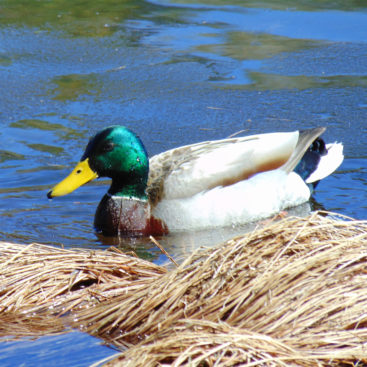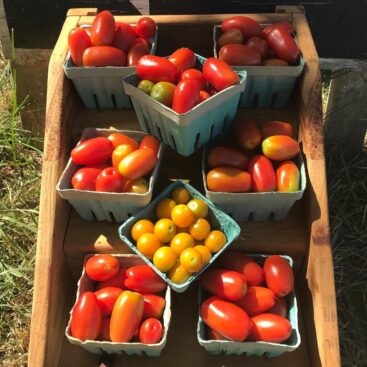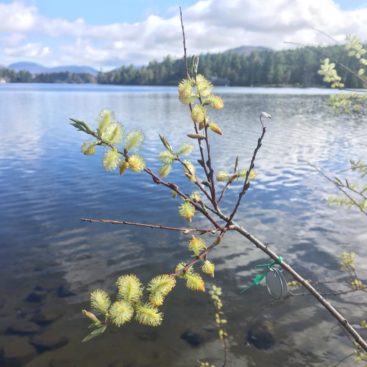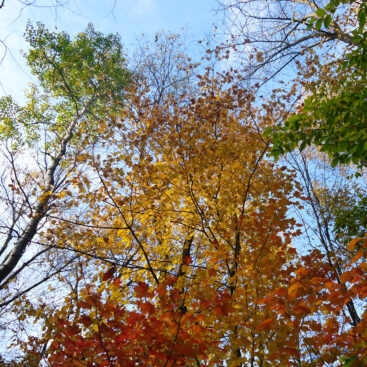Many potential impacts of a warming climate on forest ecosystems and plant-insect interactions remain unknown. Climate can influence insect and plant phenology—the timing of biological life cycle processes—altering when an insect might undergo metamorphosis, or when a flower will bloom.
Forest ecosystems offer numerous benefits—from economic ones, like providing jobs, to ecological ones, like the production of oxygen and carbon sequestration. Evidence has shown that these ecosystems are currently facing environmental stressors unlike any in human history. Chief among these stressors are a warming climate and insect pest outbreaks, which alter ecosystem processes, productivity, and composition, and have major implications for overall forest health.
By strengthening our understanding of how a warming climate will affect the relationships between boreal forest trees and tree-feeding insects, we can better predict insect success rate and the resilience of host plants.
We partnered with the University of Wisconsin, as part of the B4WARMED project, to examine the effects of warming on juvenile trees of four dominant boreal species and two of the most damaging insect pests. Our experiment looked at the effects of warming on insect and plant phenology, insect performance, and plant damage rates, as well as tree resistance to pest attachment and tree tolerance to defoliation.
Outbreaks of insect pests can have abrupt and powerful effects on tree mortality and forest dieback. Our results show that elevated temperatures can have measurable impacts on phytochemistry, tree resistance traits, and herbivore feeding, but that annual weather variability may counter or exaggerate these impacts.
With so much ecological and human reliance on forest ecosystems, better predictions of how a warming climate will affect plant and insect interactions is key to protecting the future of our natural resources.
For more information, see our publication in Global Change Biology.






